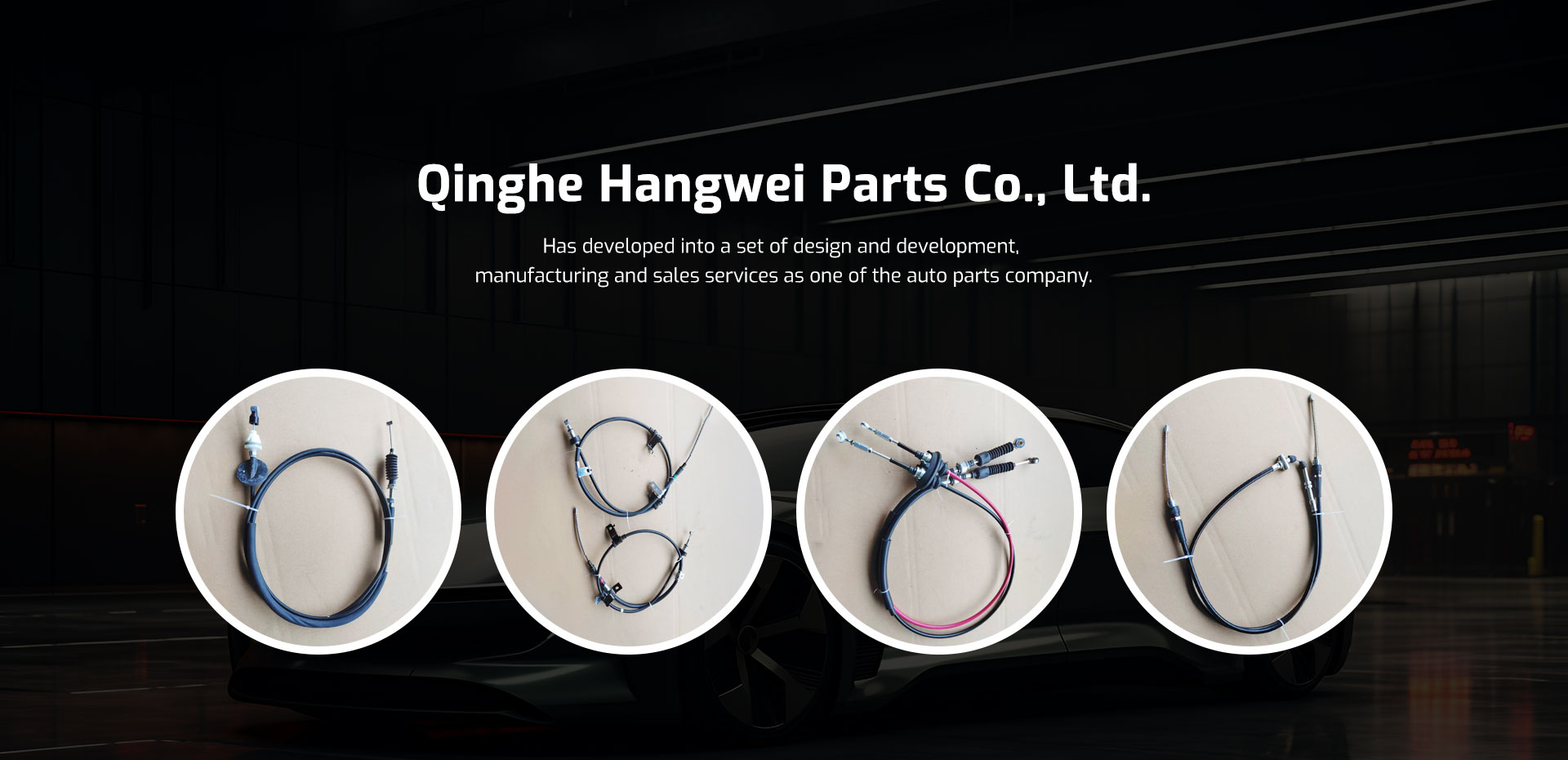clutch pipe
Understanding Clutch Pipes An Essential Component in Performance Vehicles
The automotive world is rich with technical components that ensure vehicles run smoothly, and one such key element is the clutch pipe. The clutch system is critical for the operation of manual transmission vehicles, allowing drivers to engage and disengage the engine from the transmission. Among the various components that play a role in the clutch system, the clutch pipe stands out for its integral function in delivering hydraulic fluid that actuates the clutch mechanism.
What is a Clutch Pipe?
The clutch pipe, sometimes referred to as a clutch line, is a hydraulic hose or pipe that connects the clutch master cylinder to the clutch slave cylinder. Its primary role is to transfer clutch fluid, which is essential for creating the hydraulic pressure needed to operate the clutch. An effective clutch system relies on a tight seal and an uninterrupted flow of fluid; therefore, the clutch pipe must be durable and capable of withstanding high pressure.
Materials and Design
Clutch pipes are generally made from materials that can resist wear and pressure fluctuations. Common materials include rubber, stainless steel, or a combination of both. Rubber hoses offer flexibility and ease of installation, while stainless steel lines provide superior durability and resistance to corrosion. In high-performance and racing applications, many enthusiasts opt for stainless steel braided lines, as they minimize expansion under pressure and offer a more responsive clutch feel.
The design of the clutch pipe is equally important. It must be properly routed to avoid contact with heat sources and moving parts which could lead to wear or damage. Additionally, the length of the pipe is vital; it must be long enough to accommodate vehicle design but not so long that it creates excess slack or potential points of failure.
clutch pipe

Importance of Maintenance
Like all automotive components, clutch pipes require regular inspection and maintenance. Over time, rubber hoses can deteriorate, leading to cracks, leaks, or complete failure. Signs of clutch pipe issues can include a spongy clutch pedal feel, difficulty in engaging gears, or visible fluid leaks. Regular checks can prevent small issues from escalating into significant problems that might require more extensive repairs or even complete system replacement.
It is also essential to ensure that the clutch fluid is at the correct level and that it is changed according to the vehicle manufacturer’s schedule. Contaminated or degraded fluid can lead to poor clutch performance and can damage the clutch system, including the pipes.
Upgrading Clutch Pipes
For those looking to enhance their vehicle’s performance, upgrading the clutch pipe is often one of the recommended modifications. A high-quality stainless steel braided line can enhance the responsiveness and feel of the clutch, providing a more precise engagement. Additionally, these upgrades often come with better heat resistance, which is a significant consideration during spirited driving or track use.
Conclusion
The clutch pipe may seem like a minor component in the grand scheme of a vehicle's operation, but its role is critical in the effective functioning of the clutch system. By understanding the importance of this component, as well as its potential for upgrades and maintenance, car enthusiasts and everyday drivers alike can appreciate how crucial it is for optimum vehicle performance. Just as you would check your engine oil or tire pressure, don’t overlook the health of your clutch pipe. Whether you’re an avid racer or simply enjoy driving, ensuring the reliability of your clutch system will contribute greatly to your overall driving experience.
-
Upgrade Your Control with Premium Throttle CablesNewsAug.08,2025
-
Stay in Control with Premium Hand Brake CablesNewsAug.08,2025
-
Experience Unmatched Performance with Our Clutch HosesNewsAug.08,2025
-
Ensure Safety and Reliability with Premium Handbrake CablesNewsAug.08,2025
-
Enhance Your Vehicle with High-Performance Clutch LinesNewsAug.08,2025
-
Elevate Your Ride with Premium Gear CablesNewsAug.08,2025
